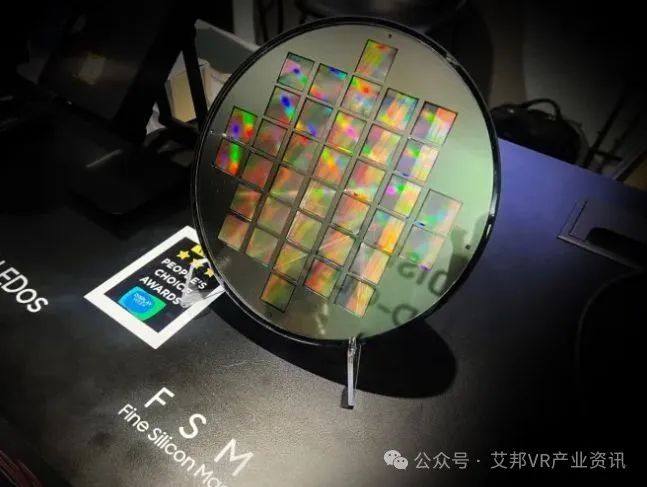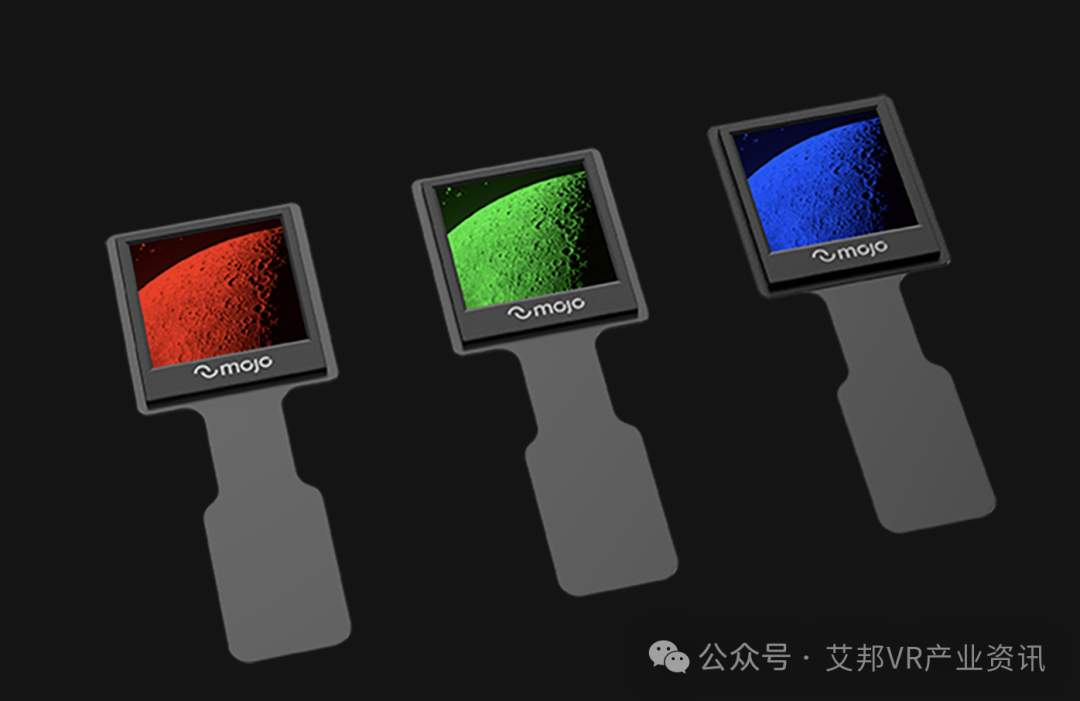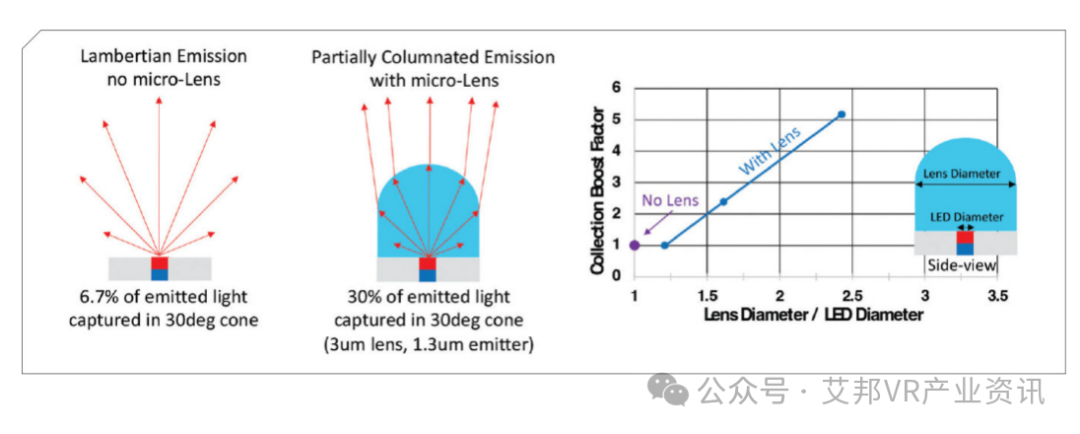Samsung Display partners with eMagin to launch a large number of RGB MicroOLEDs for XR
Samsung Display will debut at SID 2024 with a variety of innovative OLED technologies, including new generation RGB QD technology, naked-view 3D displays, etc. At the same time, Samsung Display and its subsidiary eMagin have also launched a large number of RGB OLEDoS (silicon-based OLED) technologies for the XR market, especially the debut of the RGB OLEDos development core 3500PPI fine silicon mask (FSM: Fine Silicon Mask).

RGB OLEDos require the deposition of RGB sub-pixels of a few microns in size to achieve ultra-high resolution displays, for which Samsung Display produces fine silicon masks based on 8-inch silicon wafers. Because this creates fine holes through the semiconductor exposure process, denser pixels can be achieved than existing fine metal masks (FMM), and is considered a key technology in future RGB OLEDos manufacturing processes.
In addition, Samsung Display also showcased about 10 micro-display products, including 1.03-inch, 3500PPI RGB OLEDos, and military sight OLEDos applied in actual scenes.
Mojo Vision showcases the latest technological achievements of Micro-LED
Recently, Micro-LED company Mojo Vision announced its latest technological achievements at SID 2024. The company demonstrated a monolithic red, green and blue (RGB) panel with a 4μm pixel pitch and a density of 6350 pixels per inch (ppi). Also included is a technological improvement that significantly increases brightness and reduces power consumption by up to 5 times compared to conventional LED structures.

Mojo developed the monolithic RGB panel with 4μm pixels and 1.3μm sub-pixels using its proprietary quantum dot (QD) and integration processes. Designed to enable a slim smart glasses form factor, this compact display addresses current consumer market product pain points such as HD viewing, size, weight and battery life. This single-panel Micro-LED display features 6350 ppi.
Mojo also demonstrates significant performance enhancements through the use of microlens arrays (MLA). Typically, LEDs naturally scatter light in multiple directions, resulting in wasted light. Less than 7% of the LED output enters the AR optics and reaches the human eye for visual processing. By using MLA and lenses that are much larger than micro-LEDs, Mojo's displays can deliver up to five times more light to the human eye, resulting in vastly improved brightness and energy efficiency.

Mojo will demonstrate this enhancement by placing a 3μm pitch MLA on top of a blue LED and a red QD array with 1.3μm subpixels, and show a side-by-side comparison of brightness with and without MLA.
Nikhil Balram, CEO of Mojo Vision, said: “As the XR industry continues to pursue smaller, less inconspicuous form factors, we need to develop smart glasses that look and feel like the glasses most people wear today. But the brightness, resolution and Functions and features such as efficiency, field of view, and AI integration are also critical. Today’s smart glasses are starting to include AI in the form of audio input and output, but for true AI glasses, visual interaction with AI will be the key. A significant enhancement to the user experience.”
The original article was first published on the WeChat official account (Aibang VR Industry News):Samsung Display and Mojo Vision showcase latest XR technology achievements


